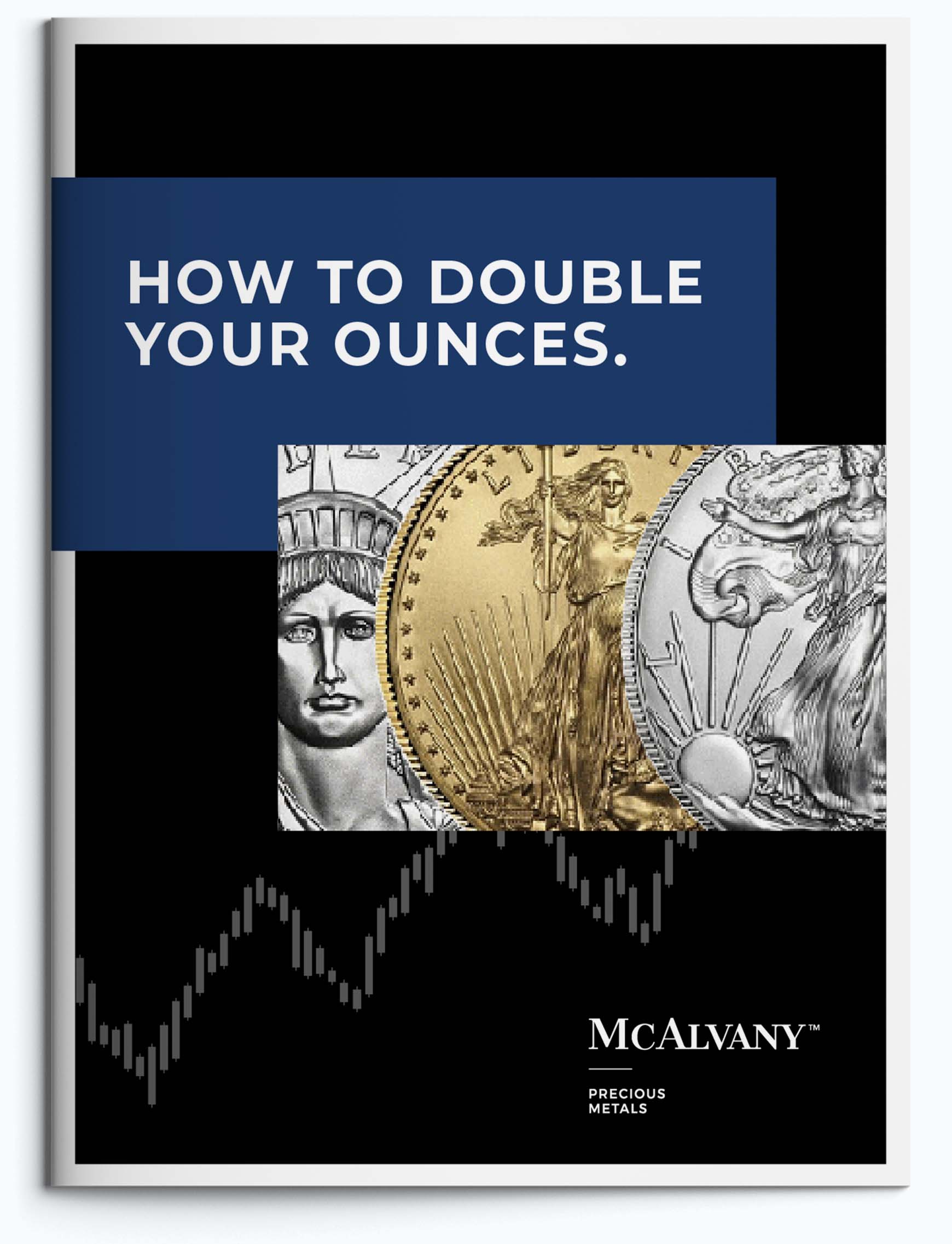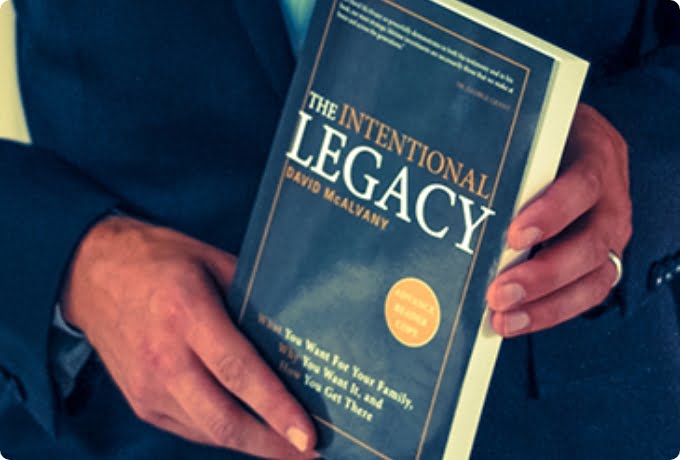More

WEEKLY COMMENTARY
Weekly monetary, economic, and geopolitical news and events. When it comes to building a strong investment portfolio, you’ve never followed the crowd. You already know that following the masses can be a shortcut to disaster, and that ‘mainstream wisdom’ can lead to strategic missteps.
This week’s McAlvany Weekly Commentary covers the shifting global financial landscape through the lens of tariffs, gold’s historic surge, and structural [...]
5 More Stealth Bombers Moved To The Middle East S&P Down 4.6% QTR, Gold Up 19% QTR DOW/Gold Ratio Removes Emotion From Allocation Decisions “Months [...]
Bessent: “End Intox With Detox” Anxiety High With Uncertainty Of New Rules Personality Test Identifies Trump With Churchill, LBJ, Castro, & [...]
US Dollar Down 27.4% VS Gold Over 12 Months Hard Asset Stocks Clearly Outperforming Bond Index How To Multiply Stock Holdings With DOW/Gold Ratio “I [...]
German Borrowing Costs Surge Trump Calls Tariff The Most Beautiful Word China Says: “You Want War?… Fine” “We’ve often noted the [...]
European Defense Stocks Soar Since Jan 1 Three U.S. Goals: Minerals, No NATO Ukraine, Europe Pays Fair Share Gold Up 70% More Than DOW In 25 Years “It [...]
Bill King On Russia, Iran, China, & Bretton Woods III Should Trump Expect The Reagan Double Dip Recession? DOGE Attacks The Grift & Skim Government [...]
Median Age Of Renter Is Now 42, Up From 33 Trump Will Get A Victory Lap If He Cuts Middle Class Taxes Strong, Long-Term Holding Gold Buyers Dominate Market [...]
Gold Price In Dollars To Rise China Approves Gold Now In Its Insurance Company Portfolios Russian Consumer Demand For Gold Up 60% Since Ukraine Invasion [...]
Radical Re-think On Dollar Boosts Gold’s Future Read Doug Noland’s Latest Credit Bubble Bulletin Read Morgan Lewis’ Hard Asset Insights [...]
NVIDIA Loses Over Half Trillion In One Day The World Needs Resources The Fed Can’t Print DeepSink Is AI’s Sputnik Moment “So earnings growth [...]
Executive Orders Signal Immediate Change Mr. Bond Vigilante Still Has The Strongest Say Uncertainty The Best Driver To Gold “So returning to the [...]


Stay ahead of market trends with customized email notifications when a new episode is released.

Protect your retirement and secure
your hard earned savings.

When it comes to building a strong investment portfolio, you’ve never followed the crowd. You already know that following the masses can be a shortcut to disaster and that ‘mainstream wisdom’ can lead to strategic missteps.
My father, Don McAlvany, started McAlvany ICA in 1972, and for over 50 years, we’ve been helping our clients prepare and protect their families for uncertain times.


Stay connected to market trends with personalized weekly insights — custom to you!
Notifications
McAlvany Weekly Commentary
Stay informed with the latest economic and geopolitical analysis from David McAlvany